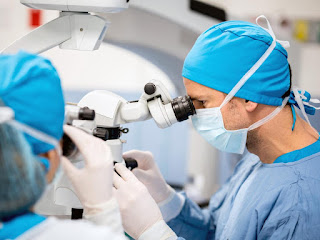Utilizing human intelligence with artificial intelligence, we use machine learning of human loops to detect glaucoma fundus images.

To overcome the artificial intelligence (AI) black box dilemma to diagnose glaucoma damage, we applied a new convolutional neural network (CNN) of TrueColor confocal fundus images. With human-in-the-loop (HITL) data annotations, this CNN architecture neural network is useful not only for diagnosing glaucoma but also for predicting and locating detailed signs of glaucoma fundus, including: B. Splinter hemorrhage, glaucomatous optic nerve atrophy, vertical glaucomatous coupling, peripapillary atrophy and retinal nerve fiber layer defect (RNFL). The training was performed on a carefully selected private dataset of 1,400 high-resolution confocal fundus images. Of these, 1,120 (80%) are dedicated to training and 280 (20%) are dedicated to testing. We used a specially trained object detection method based on You Only Look Once version 5 (YOLOv5) to pinpoint the underlying condition. The 26 predefined conditions were annotated by a team of humans (composed of two glaucoma specialists and two ...
